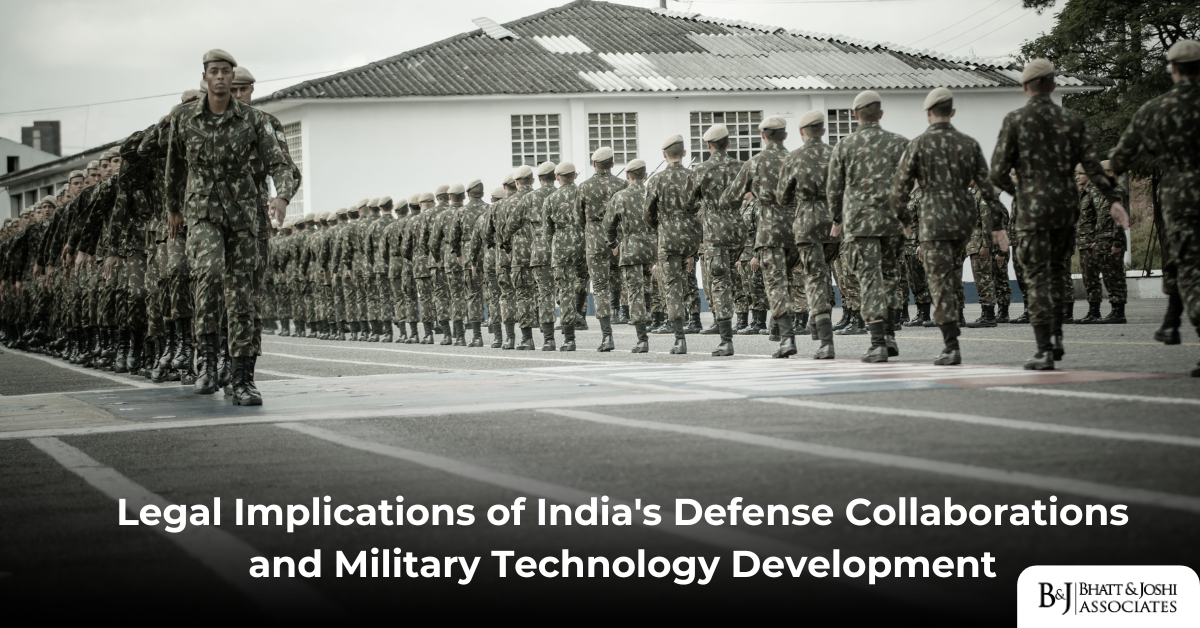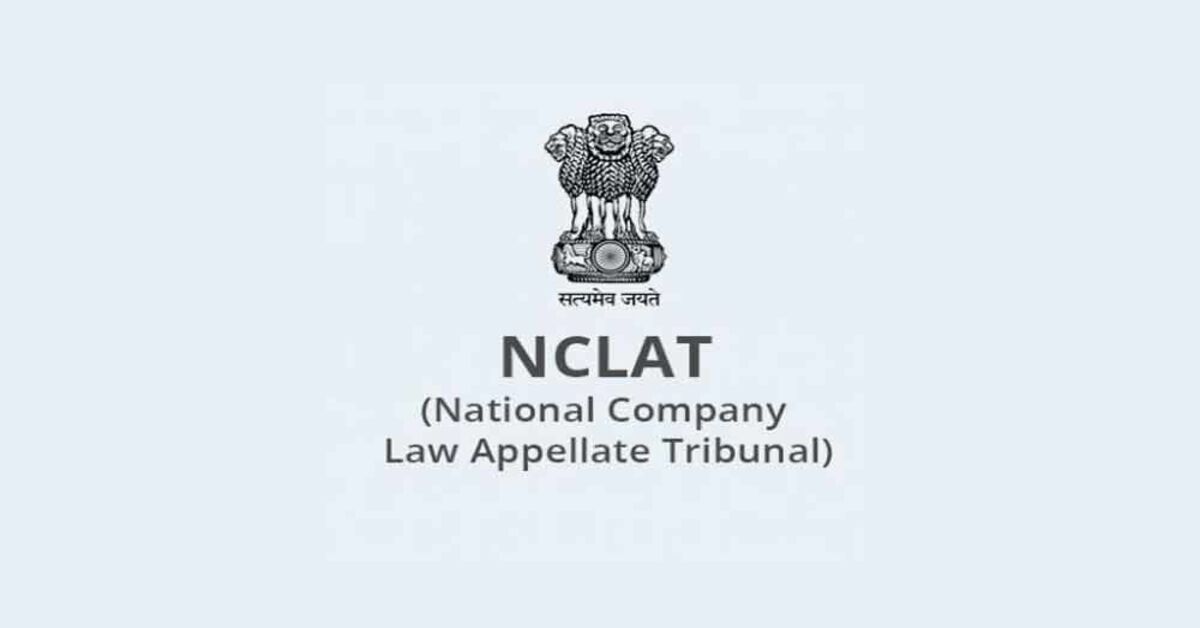Introduction
India’s defense strategy has undergone significant evolution since independence, reflecting the nation’s geopolitical imperatives and security concerns. As a major player in the global arena, India’s defense collaborations and advancements in military technology have profound legal implications, both domestically and internationally. This article delves into the regulatory framework governing defense collaborations, examines the relevant laws and case laws, and highlights key judicial pronouncements shaping India’s defense landscape.
Historical Context of Defense Collaborations in India
Post-independence, India adopted a strategy of self-reliance in defense production. This approach was institutionalized through the establishment of defense public sector undertakings (DPSUs) and ordnance factories. The Defence Research and Development Organisation (DRDO), founded in 1958, became the bedrock of indigenous military technology development. However, limitations in domestic capabilities and increasing strategic threats led India to seek international collaborations, marking a shift in its defense policy.
During the Cold War era, India’s defense collaborations were largely centered around the Soviet Union, which became a significant supplier of military hardware and technology. This partnership was pivotal in modernizing India’s armed forces. However, post-1991, with the disintegration of the Soviet Union, India diversified its defense partnerships to include Western nations and Israel. These collaborations were further bolstered by the liberalization of India’s economy in the 1990s, which opened up the defense sector to private players and foreign direct investment (FDI). This era witnessed significant defense agreements with countries like the United States, Israel, France, and the United Kingdom, paving the way for advanced technological integration and joint ventures.
Regulatory Framework Governing Defense Collaborations
India’s defense collaborations are governed by a complex web of laws, policies, and guidelines aimed at ensuring national security while promoting technological advancement. The primary regulatory instruments include the Defence Acquisition Procedure (DAP), export control laws, FDI policies, and other legislative measures.
Defence Acquisition Procedure (DAP): The DAP, formerly known as the Defence Procurement Procedure (DPP), provides the framework for acquiring defense equipment. It emphasizes indigenization through initiatives such as ‘Make in India’ and strategic partnerships. The procedure mandates strict compliance with offset obligations, technology transfers, and quality standards. For instance, the ‘Buy (Indian – Indigenously Designed, Developed, and Manufactured)’ category prioritizes procurement from Indian vendors, thereby boosting local industries.
Export Control Regulations: The Directorate General of Foreign Trade (DGFT) governs the export of military equipment under the Foreign Trade Policy. India’s adherence to international regimes like the Wassenaar Arrangement and the Missile Technology Control Regime (MTCR) underscores its commitment to responsible trade practices. Export control measures ensure that military technologies are not diverted for unauthorized or hostile uses.
Foreign Direct Investment (FDI): The Department for Promotion of Industry and Internal Trade (DPIIT) oversees FDI in the defense sector. The government allows up to 74% FDI under the automatic route for certain projects, with higher investments subject to government approval. This policy aims to attract foreign players while safeguarding national security interests.
The Official Secrets Act, 1923: This Act ensures that sensitive defense-related information is protected. Violations of this Act carry stringent penalties, thereby deterring the unauthorized disclosure of classified information.
Key Legal Challenges in Defense Collaborations
Intellectual Property Rights (IPR): Collaborative defense projects often involve sharing sensitive technology. Protecting intellectual property while ensuring technology transfer remains a contentious issue. Disputes over IPR can arise, necessitating robust legal mechanisms to address concerns. For example, joint ventures between Indian and foreign entities must clearly define the ownership of patents and copyrights.
Liability and Accountability: In joint ventures, determining liability for equipment malfunction or failure is a critical legal challenge. Contractual frameworks must clearly delineate responsibilities and establish dispute resolution mechanisms. Moreover, in cases involving defective equipment or software glitches, the jurisdiction of courts and applicable laws often become points of contention.
National Security Concerns: The influx of foreign investment and partnerships necessitates stringent security clearances to prevent potential breaches. India’s regulatory bodies, including the Ministry of Defence (MoD) and security agencies, play a crucial role in vetting collaborators. The risk of espionage and cyber threats further complicates defense collaborations.
Transparency and Corruption: Corruption in defense procurement has long been a challenge. High-profile scandals like the Bofors scam and the AgustaWestland case highlight the need for transparent processes. Laws such as the Prevention of Corruption Act, 1988, and vigilance mechanisms aim to address these issues.
Judicial Pronouncements and Case Laws
India’s judiciary has addressed several cases impacting defense collaborations and military technology development. These judgments provide clarity on legal principles and set precedents for future transactions.
Tata Power SED v. Union of India (2021): This case highlighted the importance of transparency and fairness in defense procurement. The Delhi High Court emphasized adherence to procurement guidelines and the need for an equitable bidding process. It underscored the judiciary’s role in ensuring accountability in government contracts.
BAE Systems v. Government of India (2017): This dispute revolved around technology transfer obligations in a defense contract. The court’s decision underscored the need for explicit contractual terms to avoid ambiguities in collaborative projects. It also highlighted the significance of adhering to offset obligations.
Dassault Rafale Deal Litigation: The controversy surrounding the procurement of Rafale fighter jets brought issues of pricing, offset obligations, and procedural transparency into sharp focus. The Supreme Court upheld the government’s decision, affirming that the procurement process complied with established norms. The judgment also stressed the importance of judicial restraint in policy matters involving national security.
International Legal Implications
India’s defense collaborations extend beyond its borders, engaging with international laws and norms. Participation in global non-proliferation regimes, adherence to arms trade treaties, and bilateral agreements shape India’s international defense relations.
Arms Trade Treaty (ATT): While India has not ratified the ATT, it aligns with its objectives to prevent the illicit trade of conventional arms. India’s domestic export controls reflect its commitment to responsible trade practices. The ATT’s emphasis on human rights and conflict prevention resonates with India’s broader strategic goals.
Strategic Agreements: India’s foundational agreements with the United States, such as the Logistics Exchange Memorandum of Agreement (LEMOA) and the Communications Compatibility and Security Agreement (COMCASA), facilitate interoperability and secure communication. These agreements necessitate compliance with international legal standards.
Non-Proliferation Commitments: India’s entry into the MTCR and the Wassenaar Arrangement reflects its commitment to non-proliferation and responsible technology use. These memberships enhance India’s credibility as a responsible nuclear state while providing access to advanced technologies.
Indigenization and the Legal Framework
The push for indigenization under the ‘Atmanirbhar Bharat’ initiative has significant legal ramifications. Policies promoting indigenous manufacturing, such as the Defence Production and Export Promotion Policy (DPEPP), mandate adherence to local content requirements. Legal disputes often arise over compliance with these mandates, necessitating arbitration and litigation.
HAL v. BEL (2020): A dispute between Hindustan Aeronautics Limited (HAL) and Bharat Electronics Limited (BEL) over indigenous content in a defense project underscored the importance of clear contractual terms. The court’s intervention emphasized the need for precise definitions of ‘indigenous content’ to avoid ambiguities.
Ethical and Human Rights Considerations
The development and deployment of advanced military technologies raise ethical and human rights concerns. Autonomous weapons, cyber warfare capabilities, and surveillance systems present challenges related to accountability and proportionality. India’s adherence to international humanitarian law (IHL) and its domestic legal framework ensures compliance with ethical standards.
Kashmir Internet Shutdown Case (2020): The Supreme Court’s judgment on internet restrictions in Jammu and Kashmir addressed the balance between national security and individual rights. The court upheld the principle of proportionality, emphasizing that security measures must not disproportionately infringe on fundamental rights.
Future Challenges of India’s Defense Collaborations
As India continues to enhance its defense capabilities, the legal landscape must evolve to address emerging challenges. Artificial intelligence, quantum computing, and space technology are poised to revolutionize military operations, necessitating updated legal frameworks. Key areas that require attention include:
Cybersecurity Laws: With increasing reliance on digital technologies, robust laws to address cyber threats and data breaches are essential. India’s Personal Data Protection Bill and cybersecurity policies need to integrate defense-specific considerations.
Regulating Autonomous Weapons: The use of autonomous weapons systems raises questions about accountability and compliance with IHL. Clear regulations are required to address these issues.
Space Militarization: India’s advancements in space technology, including anti-satellite weapons, necessitate a legal framework that aligns with international space treaties and norms.
India’s proactive participation in international forums and collaboration with like-minded nations will shape its defense strategy. Strengthening domestic laws, fostering transparency, and promoting ethical practices will ensure that India’s defense collaborations and technological advancements align with its constitutional and international obligations.
Conclusion
India’s defense collaborations and military technology development represent a delicate balance between strategic imperatives and legal compliance. The regulatory framework, judicial pronouncements, and ethical considerations form the cornerstone of this complex domain. By fostering a robust legal infrastructure, India can navigate the challenges of global defense partnerships while safeguarding its sovereignty and security. The evolving legal landscape must accommodate technological advancements, geopolitical dynamics, and the imperatives of national security, ensuring that India emerges as a global leader in defense innovation and collaboration.














